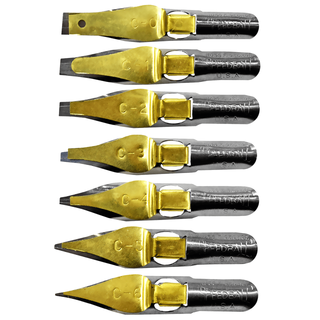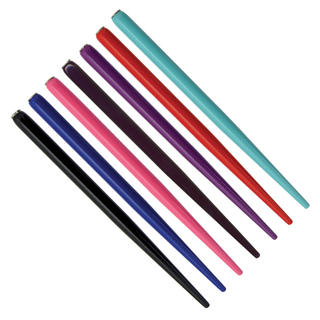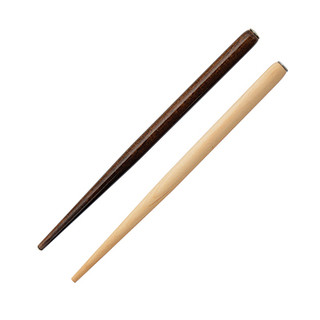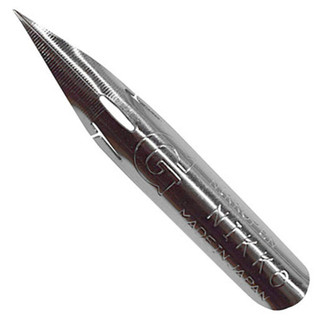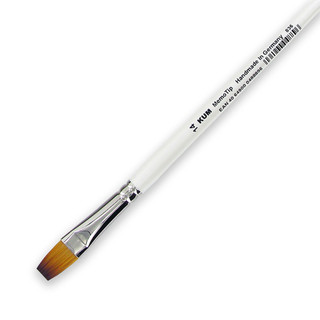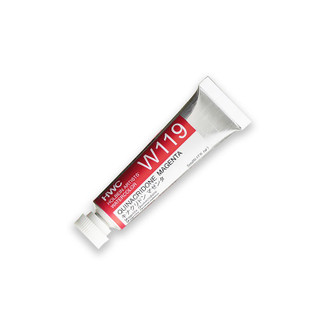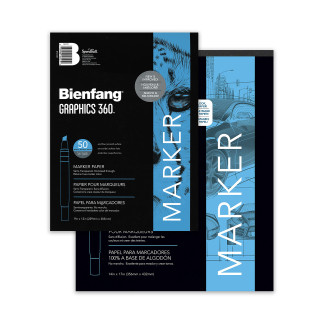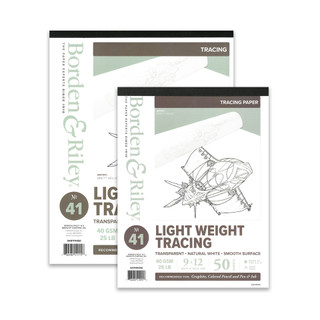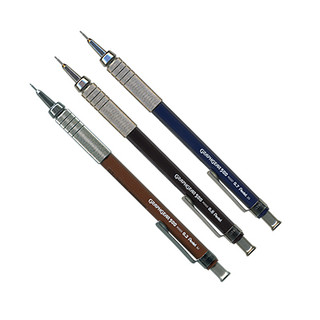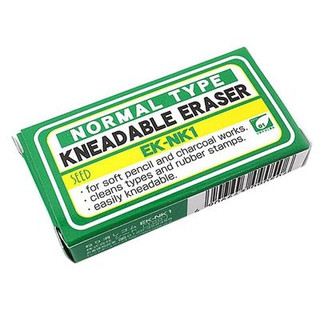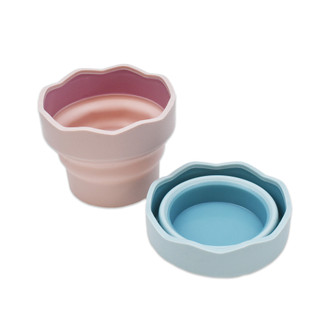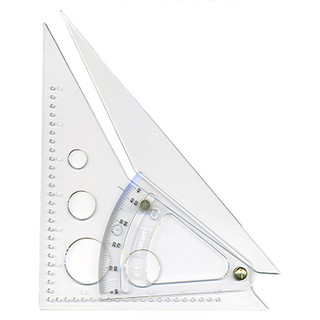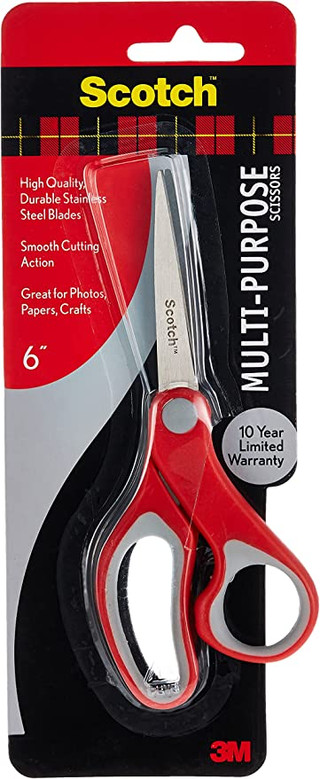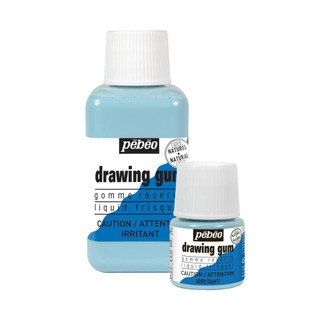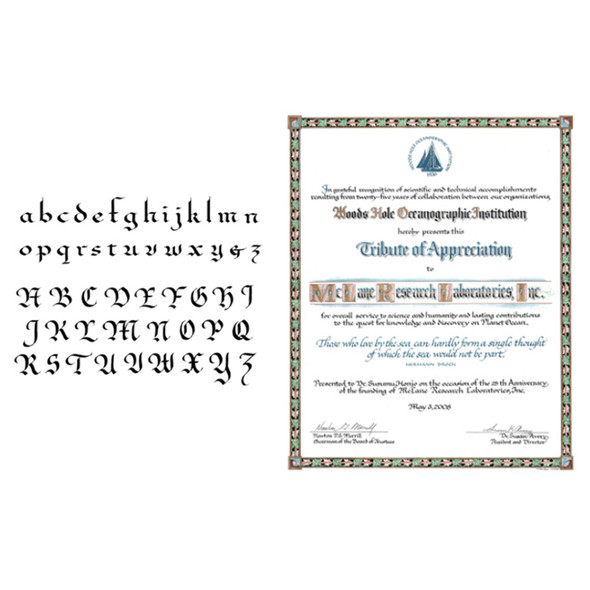Rick Paulus - The Calligrapher's Process: A Studio Workshop - Oct 18-19 & 25-26, 2025
img:shop.png
The process of placing text on a page in a meaningful way can be a daunting leap. This comprehensive studio workshop is designed to introduce beginner and intermediate calligraphers to the process of …
Read MoreDescription
The process of placing text on a page in a meaningful way can be a daunting leap. This comprehensive studio workshop is designed to introduce beginner and intermediate calligraphers to the process of creating a finished piece. Through a series of independent assignments, Rick will gently guide us through the steps of taking work from concept to completion using easily acquired methods and processes. Demonstrations and guided exercises will introduce the use of watercolor, gouache, masking fluid, gold leaf, and a range of papers. This is an opportunity to enjoy time in the virtual studio with former White House chief calligrapher, Rick Paulus, as he shares traditional methods, techniques, and tricks of the trade as we move our own projects forward. Rick has been a calligrapher and a teacher for over forty years. He apprenticed for several years at the legendary Tolley Studios in Washington, DC, before becoming the engrosser for the US State Department. In 1998, he was appointed chief calligrapher of the White House, where he remained for two presidents until, in 2006, he heeded the call of the wild and left Washington, DC, to explore new adventures in nature and in art. Today, in addi- tion to enjoying calligraphic explorations from his studio nestled near the shores of Cape Cod, Massachusetts, Rick is dedicated to sharing the knowledge gained through many years of studio production and experimentation to students young and old alike. To view more of his beautiful lettering, visit his website, rickpauluscalligraphy.com.
The Calligrapher's Process: A Studio Workshop
Rick Paulus, Hosted By Carolina Lettering Arts Society
The Calligrapher's Process: A Studio Workshop
Rick Paulus, Hosted By Carolina Lettering Arts Society
Live via ZOOM, will be recorded and available to registrants for SIX months; barring technical problems, videos of Saturday sessions will be available by 7pm EST on Saturday evening.
Oct 18-19 & 25-26, 2025
10:00 AM - 12:00 PM Eastern
Registration Contact Email: kathifogleman@yahoo.com
Class Cost : USD only -- $85 CLAS members; $120 non-members (includes CLAS membership)
Skill Level: Beginner to intermediate. Calligraphers should be familiar with the use of a dip pen. Knowledge of a formal hand is not required.
Registration Link: carolinaletteringarts.com/workshops (beginning Sept. 14 for members, September 22 for non-members)
Supply List:
Slant board/desk:
Any stiff board measuring at least 18” x 20” (Masonite, 1/4” birch plywood, Gatorfoam, plexiglass, etc.) (S752)
Pen holders and nibs:
Full set of your favorite broad-edge nibs and pens, typically 6-8 sizes. (N04-S10A, N09-S7)
Minimum of two pen holders, but best to have enough for full set of nibs or 6-8 holders. (H111, H112)
Oblique holder and pointed nibs, if you are inclined. (H134, H114, N70, N113)
Brushes:
Appropriate for the work you hope to produce. For typical color mixing and pen-loading, you will want an old retired brush. (JNB sells a fantastic natural bristle brush for loading and mixing for $1. [BR02]) Also have on hand brushes appropriate for any painting that you have in mind for your work: fine brushes if you intend to work small and delicate; big, bold brushes if you intend to work on a large canvas or wall; or anything in between. (BR104 and BR103 - 1 each in sizes appropriate to student's individual project.)
Ink: Black ink, your favorite. 2oz. (Sumi Moon Palace recommended) (I70)
Gouache and Watercolor:
Small tube(s) or tablets, cakes, etc. of watercolor and gouache. I will encourage you to use plenty of color during this class. Please use your judgment as to how many colors you need on hand. At a minimum, have one color in addition to the black ink you will be using. Ideally, you should have a full palette from which to work. This can become expensive, but does not have to be so; four of the right color tubes/cakes will get you all the colors you will need—CMYK. (HG749 and/or HW100 and/or SW1032 in colors student desires)
Paper:
Your favorite workshop-grade paper. Suggestion: Strathmore Bristol with vellum finish, Canson XL Mixed Media, Borden and Riley Marker layout, Bienfang Graphics 360 Marker Layout, etc. Some of those are translucent, others are not. All of them have good surfaces and receive ink nicely. Minimum of 1 sheet of Arches 90# or 140# hot or cold press, or other high quality paper of your choice on which to create completed work. (P41, 1 tablet; PS42 or PS41 or PS47 or PS48, 1 sheet of watercolor paper, 90 or 140, hot or cold)
Tracing Paper:
A 12” roll is preferred and most cost effective, but tracing paper pads are okay. (P43, 1 tablet)
Pencil: Your favorite fine pencil or lead and sharpener. Suggest a .05 HB lead in a mechanical pencil. (PL21)
Erasers: Clean plastic eraser or clean kneaded eraser. 1 eraser (E36 or E37 either)
Ruler: Metal will give you more accurate measuring and a good, straight, sharp edge. (S270)
Tape: Artist tape, Frog Tape, Washi, or removable scotch tape. I recommend 1/2” roll but defer to your favorite. (S1145 in 1/2" size)
Xacto knife:
#11 blade (sharp, pointed blade), or your favorite fine cutting tool. (S417)
Cutting mat (S504)
Water container and paper towels or clean up cloths (S1695)
Text from which to work: One short poem/passage (10-15 words) and one long poem/passage (40-50 words).
OPTIONAL:
T square (S753)
parallel rule (S730)
triangle (S613, S924)
scissors (S1665)
protractor (S632)
extra brushes
thin light box (S939)
Saral transfer or graphite paper (S612)
gold leaf and size (S189-5, S904, S892)
masking fluid (S198)
any favorite writing or painting tool(s) which I may have left out.
Full set of your favorite broad-edge nibs and pens, typically 6-8 sizes. (N04-S10A, N09-S7)
Minimum of two pen holders, but best to have enough for full set of nibs or 6-8 holders. (H111, H112)
Oblique holder and pointed nibs, if you are inclined. (H134, H114, N70, N113)
Brushes:
Appropriate for the work you hope to produce. For typical color mixing and pen-loading, you will want an old retired brush. (JNB sells a fantastic natural bristle brush for loading and mixing for $1. [BR02]) Also have on hand brushes appropriate for any painting that you have in mind for your work: fine brushes if you intend to work small and delicate; big, bold brushes if you intend to work on a large canvas or wall; or anything in between. (BR104 and BR103 - 1 each in sizes appropriate to student's individual project.)
Ink: Black ink, your favorite. 2oz. (Sumi Moon Palace recommended) (I70)
Gouache and Watercolor:
Small tube(s) or tablets, cakes, etc. of watercolor and gouache. I will encourage you to use plenty of color during this class. Please use your judgment as to how many colors you need on hand. At a minimum, have one color in addition to the black ink you will be using. Ideally, you should have a full palette from which to work. This can become expensive, but does not have to be so; four of the right color tubes/cakes will get you all the colors you will need—CMYK. (HG749 and/or HW100 and/or SW1032 in colors student desires)
Paper:
Your favorite workshop-grade paper. Suggestion: Strathmore Bristol with vellum finish, Canson XL Mixed Media, Borden and Riley Marker layout, Bienfang Graphics 360 Marker Layout, etc. Some of those are translucent, others are not. All of them have good surfaces and receive ink nicely. Minimum of 1 sheet of Arches 90# or 140# hot or cold press, or other high quality paper of your choice on which to create completed work. (P41, 1 tablet; PS42 or PS41 or PS47 or PS48, 1 sheet of watercolor paper, 90 or 140, hot or cold)
Tracing Paper:
A 12” roll is preferred and most cost effective, but tracing paper pads are okay. (P43, 1 tablet)
Pencil: Your favorite fine pencil or lead and sharpener. Suggest a .05 HB lead in a mechanical pencil. (PL21)
Erasers: Clean plastic eraser or clean kneaded eraser. 1 eraser (E36 or E37 either)
Ruler: Metal will give you more accurate measuring and a good, straight, sharp edge. (S270)
Tape: Artist tape, Frog Tape, Washi, or removable scotch tape. I recommend 1/2” roll but defer to your favorite. (S1145 in 1/2" size)
Xacto knife:
#11 blade (sharp, pointed blade), or your favorite fine cutting tool. (S417)
Cutting mat (S504)
Water container and paper towels or clean up cloths (S1695)
Text from which to work: One short poem/passage (10-15 words) and one long poem/passage (40-50 words).
OPTIONAL:
T square (S753)
parallel rule (S730)
triangle (S613, S924)
scissors (S1665)
protractor (S632)
extra brushes
thin light box (S939)
Saral transfer or graphite paper (S612)
gold leaf and size (S189-5, S904, S892)
masking fluid (S198)
any favorite writing or painting tool(s) which I may have left out.
Shop supplies for this class:




